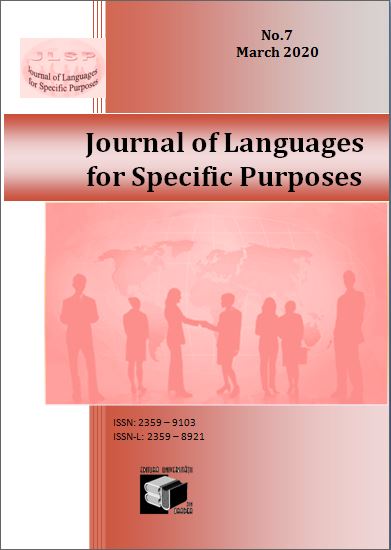Wage Agreement
In Finland, collective agreements are of general application. This means that a collective agreement in an industry becomes a universally applicable legal minimum for the employment contract of each individual, whether a member of a union or not. For this condition to apply, half of the workers in this sector must be unionized and therefore support the agreement. An employer and an employee who is exempt from bonuses and agreements can agree on when and how the employee can take paid annual leave. For example, you may agree that: An employee who is converted to an apprenticeship or internship without their consent may be entitled to final compensation if this is considered a termination of the employment relationship. An employer may require an employee who is free of bonuses and agreements to take paid annual leave if the requirement is reasonable. Examples, if it makes sense, are: The agreement is valid from January 1, 2016 to December 1, 2018. It contains important additions to the increases negotiated last year. The agreement is based on a framework agreement between labour market companies of 27 October 2015 and the Protocol on pension rights of 5 May 2011 and aims to ensure equality in wage developments on the basis of a common wage policy and the approximation of pension rights.
The agreement and rates can be viewed below. In Common Law, Ford v A.U.E.F. [1969][8], the courts have already ruled that collective agreements are not binding. Second, the Industrial Relations Act of 1971, introduced by Robert Carr (Minister of Labour in Edward Heath`s office), provided that collective agreements were binding unless a written contractual clause provided otherwise. After the death of the Heath government, the law was rescinded to reflect the tradition of British industrial relations policy to legally refrain from any conflict in the workplace. The two trade associations – which rather clumsily share the same office building in West London – have quarrelled because HVCA has been convinced by the demands of heavy contractors for a more homogeneous M&E sector, while the ECA has not. . . .





